Aging, improper body mechanics, trauma and structural abnormalities can injure your spine, leading to back pain and other symptoms such as leg pain and/or numbness or even leg weakness. Chronic back pain is a condition that generally requires a team of health professionals to diagnose and treat. Before resigning yourself to surgery, consider getting opinions from several spine specialists. This investment of time and information-gathering will help you make an informed treatment decision that will best support your lifestyle and desired level of physical activity.
What about conservative non-surgical treatment?
As with all non-emergency spinal surgeries, a trial of non-operative treatment, such as physical therapy, pain medication—preferably an anti-inflammatory, or bracing should be observed before surgery is considered. The trial period of conservative treatment varies, but six weeks to six months is the general timeframe.
Spine surgery may be recommended if non-surgical treatment such as medications and physical therapy fails to relieve symptoms. Surgery is only considered in cases where the exact source of pain can be determined—such as a herniated disc, scoliosis, or spinal stenosis.
Open surgery vs. minimally invasive spinal surgery
Traditionally, spine surgery is usually performed as open surgery. This entails opening the operative site with a long incision so the surgeon can view and access the spinal anatomy. However, technology has advanced to the point where more spine conditions can be treated with minimally invasive techniques.
Because minimally invasive spine surgery (MISS), does not involve long incisions, open manipulation of the muscles and tissue surrounding the spine is avoided, therefore, leading to shorter operative time. In general, reducing intraoperative (during surgery) manipulation of soft tissues results in less postoperative pain and a faster recovery.
Imaging during spine surgery
Computer-assisted image guidance allows surgeons to view the operative site in far finer clarity than traditional visualization techniques. In addition, implants such as rods or screws can be inserted and positioned with a greater degree of accuracy than is generally achieved with conventional techniques.
In computer-assisted image guidance, images taken preoperatively (before surgery) are merged with images obtained while the patient is in surgery, yielding real-time views of the anatomical position and orientation of the operative site while the patient is undergoing surgery. Preoperative computed tomography (CT) and intraoperative fluoroscopy (real-time x-ray) are generally used, as these enable surgeons to operate with a high level of precision and safety.
Not all patients are appropriate candidates for MISS procedures. There needs to be relative certainty that the same or better results can be achieved through MISS techniques as with an open procedure.
Surgical approaches
Whether open surgery or MISS, the spine can be accessed from different directions. These are referred to as surgical approaches and are explained below:
- Anterior approach: As the name implies, the surgeon accesses the spine from the front of your body, through the abdomen.
- Posterior approach: An incision is made in your back.
- Lateral approach: The pathway to your spine is made through your side.
Common spine surgical procedures
There are a number of conditions that may lead to spine surgery. Common procedures include:
- Discectomy or Microdiscectomy: Removal of a herniated intervertebral disc. Therefore, removing pressure from the compressed nerve. Microdiscectomy is a MISS procedure.
- Laminectomy: Removal of the thin bony plate on the back of the vertebra called the laminae to increase space within the spinal canal and relieve pressure.
- Laminotomy: Removal of a portion of the vertebral arch (lamina) that covers the spinal cord. A laminotomy removes less bone than a laminectomy.Both laminectomy and laminotomy are decompression procedures. “Decompression” usually means tissue compressing a spinal nerve is removed.
- Foraminotomy: Removal of bone or tissue at/in the passageway (called the neuroforamen) where nerve roots branch off the spinal cord and exit the spinal column.
- Disc replacement: As an alternative to fusion, the injured disc is replaced with an artificial one.
- Spinal fusion: A surgical technique used to join two vertebrae. Spinal fusion may include the use of bone graft with or without instrumentation (eg, rods, screws). There are different types of bone graft, such as your own bone (autograft) and donor bone (allograft). A fusion can be accomplished by different approaches:
ALIF, PLIF, TLIF, LIF: All pertain to lumbar interbody fusion used to stabilize the spinal vertebrae and eliminate movement between the bones.
- Anterior Lumbar Interbody Fusion
- Posterior Lumbar Interbody Fusion
- Transforaminal Lumbar Interbody Fusion indicates a surgical approach through the foramen.
- Lateral Interbody Fusion in which the minimally invasive approach is from the side of the body.
Spinal instrumentation
Examples of spinal instrumentation include plates, bone screws, rods, and interbody devices; although, there are other types of devices your surgeon may recommend in treatment of your spinal disorder. The purpose of instrumentation is to stabilize or fix the spine in position until the fusion solidifies.
- An interbody cage is a permanent prosthesis left in place to maintain the foraminal height (eg, space between two vertebral bodies) and decompression following surgery.
- Interspinous process devices (ISP) reduce the load on the facet joints, restore foraminal height, and provide stability in order to improve the clinical outcome of surgery. An advantage of an ISP is that it requires less exposure to place within the spine and therefore is a MISS procedure.
- Pedicle screws help to hold the vertebral body in place until the fusion is complete.
Some patients are at-risk for their fusion not to heal properly or completely. Your surgeon may refer to this as a non-fusion, pseudarthrosis or a failed fusion. To help avoid fusion problems, your surgeon may recommend a bone growth stimulation. There are different types of stimulators; those implanted internally and others that are worn about the body area, such as the neck or low back.
Should surgical treatment be your only recourse, it may help to understand that minimally invasive spine surgery offers many benefits. Patients who want to return to work and active play, as well as the elderly or those with major spinal problems, often achieve a higher level of function once symptoms are alleviated.


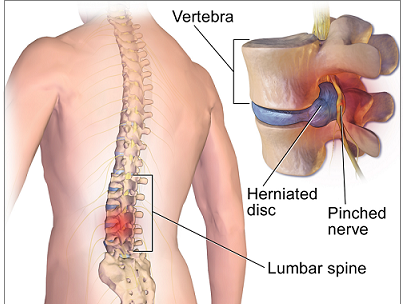
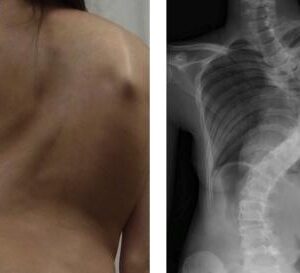
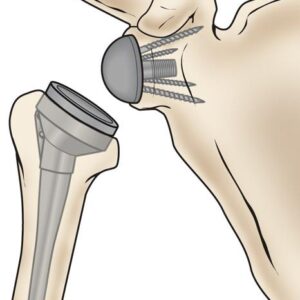
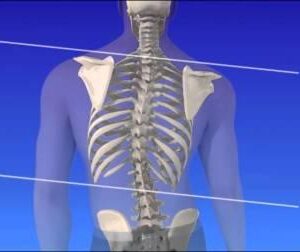
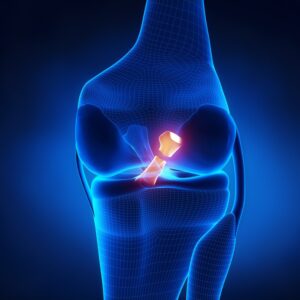
There are no reviews yet.